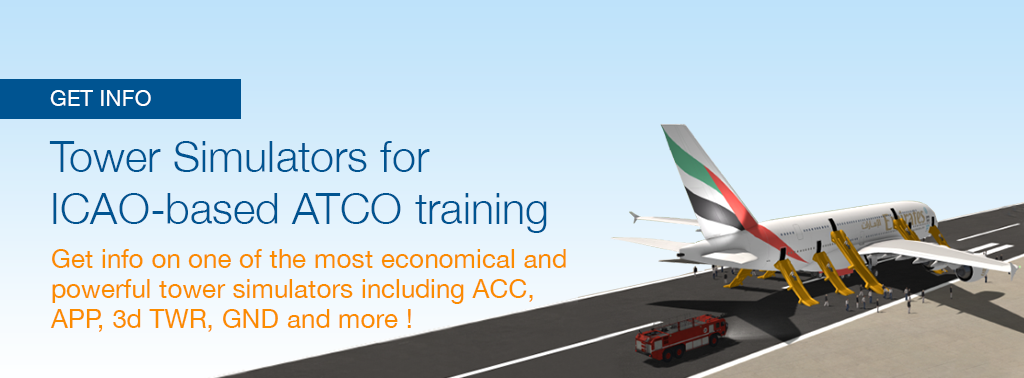With exponential growth over the next 20 years, the task of training today’s and tomorrow’s professionals is on the shoulders of aviation academies. This article summarizes the main steps to be taken.
 In 2018 alone, the aviation industry transported 4.3 billion passengers. It is estimated that within the next 20 years, the industry will continue to grow at an accelerated pace. It is estimated that the industry will need to fill 3,507 jobs a day for the next 20 years to meet the anticipated shortage of skilled aviation workers, which is further complicated by the retirement of Baby Boomer generation employees.
In 2018 alone, the aviation industry transported 4.3 billion passengers. It is estimated that within the next 20 years, the industry will continue to grow at an accelerated pace. It is estimated that the industry will need to fill 3,507 jobs a day for the next 20 years to meet the anticipated shortage of skilled aviation workers, which is further complicated by the retirement of Baby Boomer generation employees.
However, what might be a more pressing issue is that other industries will also be facing job vacancies as their older employees retire.
This now puts the aviation industry in competition with other industries in attracting younger talent, in specific, the Millennial generation.
ICAO’s Next Generations of Aviation Professionals (NGAP) Initiative
 Understanding that a shortage of aviation professionals was on the horizon, the ICAO launched its Next Generations of Aviation Professionals (NGAP) initiative in 2009. This was done to support efforts to reach out and attract the next generation of potential aviation professionals and to harmonize training regulations to educate and retain this new talent.
Understanding that a shortage of aviation professionals was on the horizon, the ICAO launched its Next Generations of Aviation Professionals (NGAP) initiative in 2009. This was done to support efforts to reach out and attract the next generation of potential aviation professionals and to harmonize training regulations to educate and retain this new talent.
The ICAO has been working with Member States, the aviation industry, academia, and international and regional organizations to find ways to ensure that there will be enough skilled workers to meet the industry’s needs.
In their efforts, the ICAO has reached out to schools and universities to generate and sustain interest in their students for aviation careers.
Aviation Academies: The Key to Opening the Door to an Aviation Career

The millennial generation is unlike previous generations who have entered the aviation industry or any industry for that matter.
They think differently, learn differently, and have different expectations of how they should be taught and what types of learning tools should be used, primarily the latest technology.
This also carries through to the careers they may choose to turn to, which could place aviation at the top of the list because there will always be new technology being introduced into the industry.
The first step for aviation academies is to gain the interest of millennial students who may not even be aware of the opportunities that exist for them in the aviation industry.
This can be done by partnering with universities to offer practical sessions that will introduce your academy and what careers are available in aviation.
These sessions could be held at your academy and be designed to give students a feel as to what their training experience would be like, for example allowing interested students to do practical experiments on training radars or run through various training scenarios on your simulators. By giving interested students the ability to try out the technology that they would be training on, you can spark interest that will attract students to your academy.
Much of the responsibility for providing new workers to the aviation falls on the shoulders of aviation academies. They are the key to opening the door to aviation careers for the next generation of aviation professionals. But with this responsibility comes much opportunity for those academies who are willing to do what it takes to attract millennial students.
References and Further Reading
- More articles on Millennials and NextGen Training (2018 - today)
- Engaging Millennials into Learning Formal Methods (2018), by Nestor Catano
- Educating the next generation of aviation professionals (2020), by Uniting Aviation




